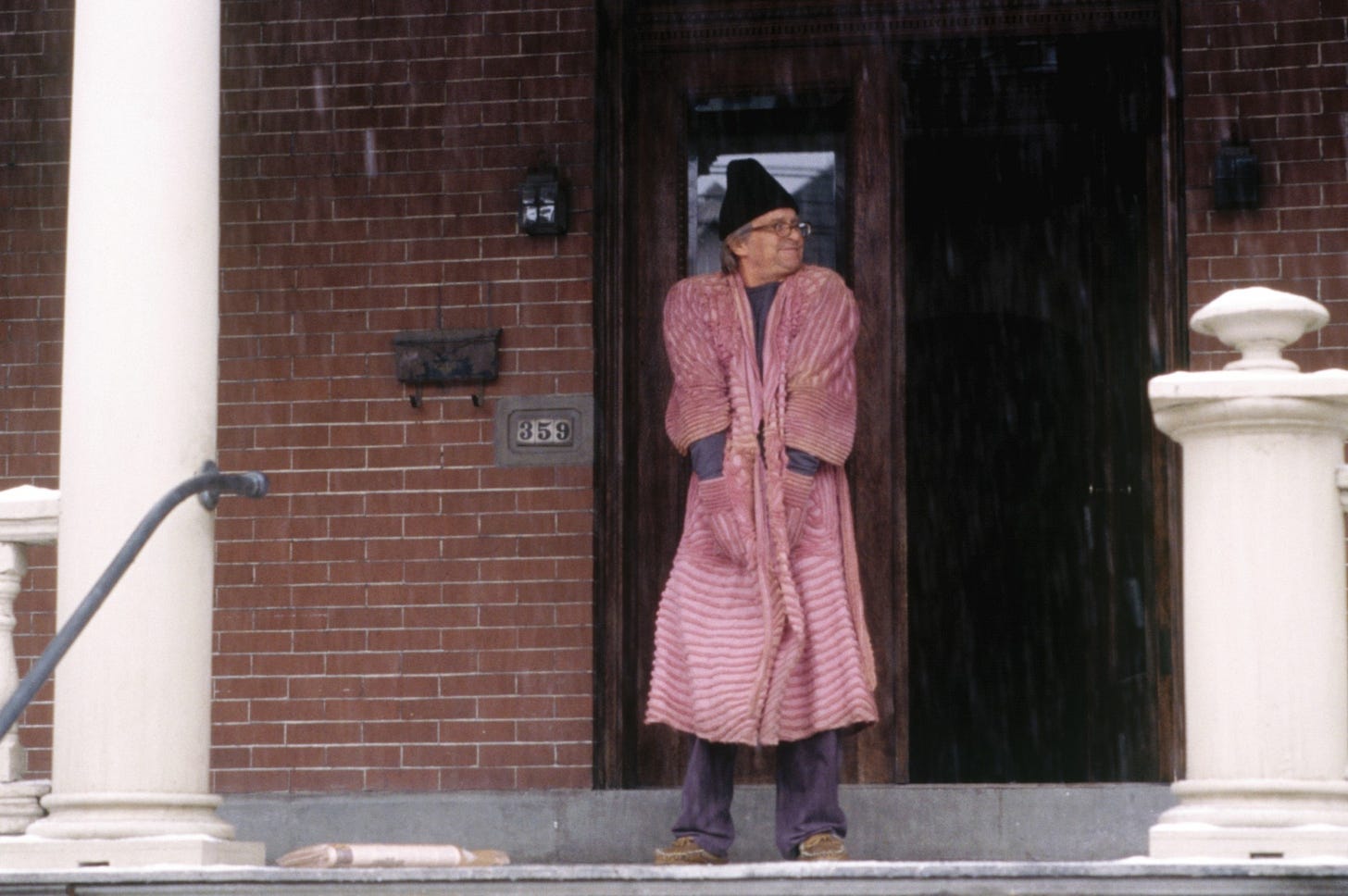Writing On Demand
When writing suddenly involves a commute.
In 2009, John shared his thoughts about how screenwriters have a great amount of control over when and how they work (except for those times when they don’t).
Screenwriting is generally a career in which you set your own hours and work environment. Like a novelist, the screenwriter can choose to work in fuzzy slippers from 11 p.m. until dawn, fueled by Twizzlers and Mexican Coke (the kind with real sugar). Your employers don’t particularly care about the process as long as the script arrives on time and debatably brilliant.
As screenplays tip perilously close to production, the rules suddenly change. Producers start asking for pages the same day. Directors tell you to stay close, because they’ll have some new ideas they want to add after they talk with the stunt coordinator. You find yourself sitting in an office surrounded by people frantically performing the work of making the movie you scripted.
For Big Fish, my office was a giant classroom in an abandoned high school. For Charlie and the Chocolate Factory, it was a little room at Pinewood Studios with a phone no one could operate. For Titan A.E., it was a half a cubicle at Fox. Regardless of the square footage, I was expected to write on demand. In each case, it wasn’t just small changes, but major new scenes that had to blend into the rest of what I’d written.
Novelists are never asked to do this.
While in New York, working on an unannounced project that is still a long ways off from production, we’ve been renting studio space at a venue that couldn’t exist in Los Angeles: thirteen little rooms that alternate, hour-by-hour, between karate classes, choir rehearsals, commercial auditions and classrooms for the kids in Billy Elliot.
Number of kids in tears I’ve seen: three.
Number of adults: two.
It’s so different from my normal writing life, in which my only distractions are a snoring dog or the gardeners on Thursday. But the chaos is also kind of exhilarating, a chance to remember that writing isn’t something that only happens in hermit-mode.
Some of my favorite scenes have come out of this process. I think that’s because they tended to have very clear objectives. Meeting with Jessica Lange during her wardrobe fitting for Big Fish, I noticed that she was picking much sexier outfits than I expected. “Sandra wants to look good for her husband,” she explained.
That was kind of genius, but I hadn’t given her any scenes that really supported this idea. I wrote the bathtub scene on hotel stationery and showed it to Tim Burton that same evening. That kind of insight only happens on location.
Are you enjoying this newsletter?
📧 Forward it to a friend and suggest they check it out.
🔗 Share a link to this post on social media.
🗣 Have ideas for future topics (or just want to say hello)? Reach out to Chris via email at inneresting@johnaugust.com or Mastodon @ccsont@mastodon.art


